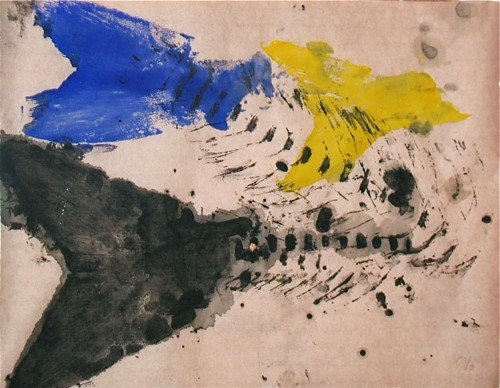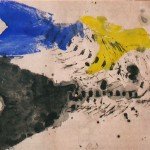An art and ecology project in collaboration with Eva Hansen and Ketil Erdal on Skagstad Farm and pupils from Laskestad School on Engeløya, Norway.This was an project that went over one school year. We gathered on the farm once every fortnight and decided into groups with different aspects of work, including cooking a meal with locally sourced ingredients.
In this project we wanted the to study if and how climate change had affected the ecosystem of the local ocean “The Vestfjord”. We looked into the development of coastal cod population, its quality, size and migration patterns. We also studied how human activities and pollution are changing food habits along the coast of Northern Norway. 100 years ago there was a clear connection between the natural environment, food and nutrition. Today, our modern lifestyles and the demand for material growth has led to major changes at the expense of the sustai
nable development and balance in the oceans. The students became better acquainted with the importance of the ocean to the community in the present and past. They went on fishing trips with local fishing boats, made their own fishing lines a nd fish drying racks, and learned different ways of cooking with fish. The recipes you can find in the booklet downloadable as a PDF (in Norwegian). Opprørt Hav Oppskriftsbok
nd fish drying racks, and learned different ways of cooking with fish. The recipes you can find in the booklet downloadable as a PDF (in Norwegian). Opprørt Hav Oppskriftsbok
We also looked at the problems of today’s fisheries, transport of resources, and how climate change may influence future fisheries. Students were given a crash course in climate change and global warming, and we studied the influence of oil production in modern coastal communities, and also its negative consequences.
The students worked artistically with the various topics, ranging from prints of fish bones on rice paper, charcoal drawing of troubled waters, felting of wool and painting with watercolours and ink.
We placed a great emphasis on the practical and aesthetic approach in the project. This means that knowledge is perceived and experienced in order to be comprehended. A typical day started in the old forge, where the students gathered around a large fire. They were then given an introduction to the topic of the day and split into three groups. A typical session lasted for about an hour before they changed groups.












































